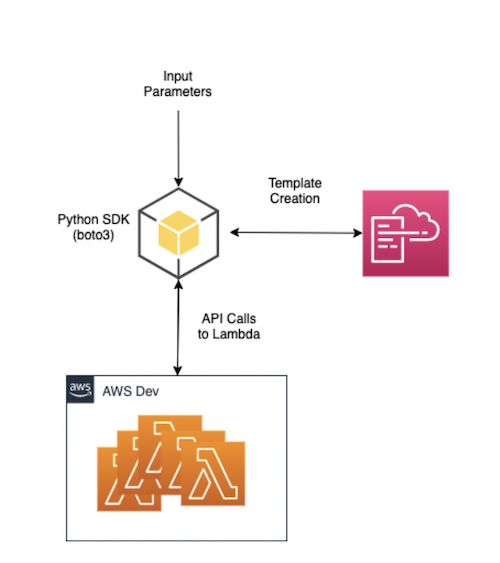AWS Cloud Operations Blog
Category: How-To
Use AWS Lambda and Amazon QuickSight to Build a Dashboard for AWS Health Events in Organizational View
Centralized DevOps teams responsible for the operation of Amazon Web Services (AWS) resources across an organization want to have a consistent approach for receiving and visualizing notifications for AWS Health events. It’s challenging and time-consuming to collect this data from individual accounts through email notifications, by managing separate event data, or even by manually clicking […]
View AWS Trusted Advisor recommendations at scale with AWS Organizations
Since 2014, AWS Trusted Advisor has been providing customers with visibility into an individual AWS account and providing recommendations based on known AWS best practices. Trusted Advisor makes recommendations to help customers achieve a better security posture, control their costs, optimize application performance, design better fault tolerance, and maintain control over their AWS service limits […]
Use Systems Manager Automation documents to manage instances and cut costs off-hours
Cut costs by minimizing infrastructure when it’s not under heavy use, for example turning off EC2 and RDS instances nights and weekends. In this post you will learn how to do this using Systems Manager Automation Documents, State Manager, and CloudWatch Events.
How to get notified on specific Lambda function error patterns using CloudWatch
This post demonstrates how to automate alert notifications for specific AWS Lambda function errors using an Amazon CloudWatch log subscription. CloudWatch Logs let you invoke a Lambda function when a log entry matches a pattern. Amazon CloudWatch alarms are used to notify when an error occurs with a Lambda function; this notification does not give […]
SQL Server patching for hybrid cloud with AWS Systems Manager
Learn with Shree and Garry on how to patch Microsoft SQL Server with AWS Systems Manager.
Implementing Serverless Transit Network Orchestrator (STNO) in AWS Control Tower
Introduction Many of the customers that we have worked with are using advanced network architectures in AWS for multi-VPC and multi-account architectures. Placing workloads into separate Amazon Virtual Private Clouds (VPCs) has several advantages, chief among them isolating sensitive workloads and allowing teams to innovate without fear of impacting other systems. Many companies are taking […]
Deploy AWS Config Rules and Conformance Packs using a delegated admin
AWS Config Rules allow customers to evaluate the configuration of resources against best practices and perform remediation when specified configuration policies are not being followed. Using AWS Config Conformance Packs, customers can create a collection of AWS Config rules and remediation actions in a single pack that can be deployed across AWS Organizations. This provides […]
Duplicating infrastructure on AWS
In large enterprise organizations, it’s challenging to maintain standardization across environments. This is especially true if these environments are provisioned in a self-service manner—and even more so when new users access these provisioning services. Once you have the resources deployed into an environment, it can be hard, or even impossible, to change it. In case […]
Improve governance and business agility using AWS Management and Governance videos
Curious to find solutions for managing your business on AWS? We always look at different ways to better serve our customers. One of the ways is to offer you video-based hands-on solutions addressing the common challenges faced by enterprises in managing and governing their AWS environments. Here’s a summary of videos published in AWS Management […]
Auto-populate instance details by integrating AWS Config with your ServiceNow CMDB
Introduction Many AWS customers either integrate ServiceNow into their existing AWS services or set up both ServiceNow and AWS services for simultaneous use. One challenge in this use case is the need to update your configuration management database (CMDB) when a new spin-up instance appears in AWS. This post demonstrates how to integrate AWS Config […]









